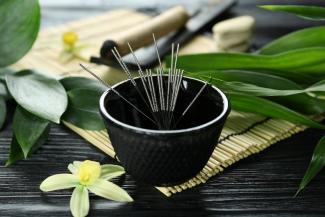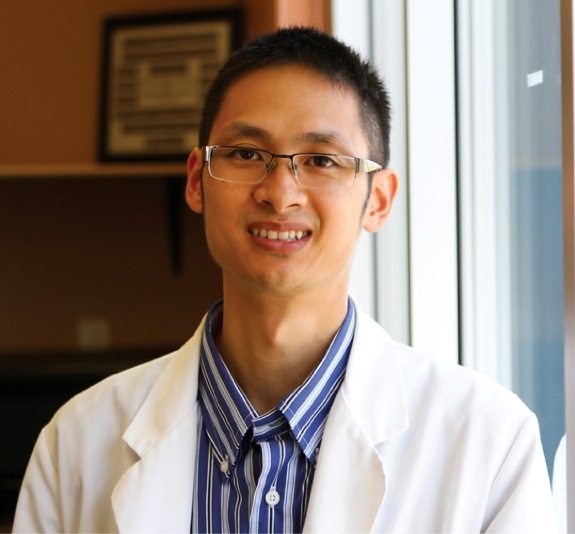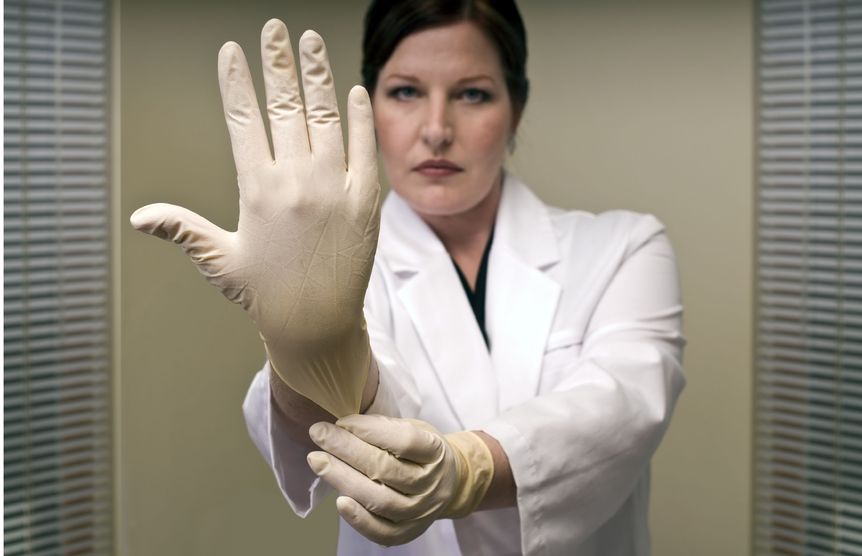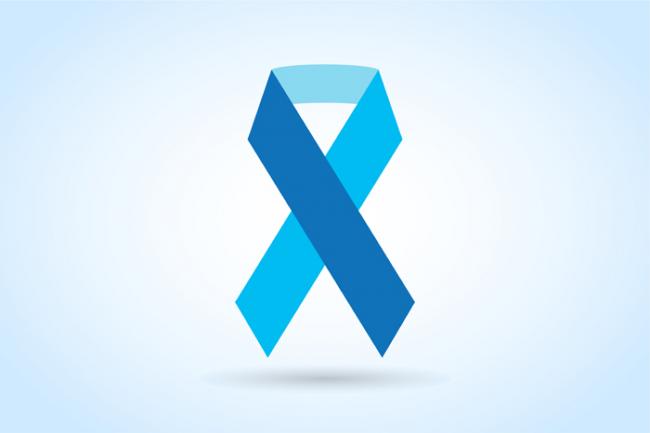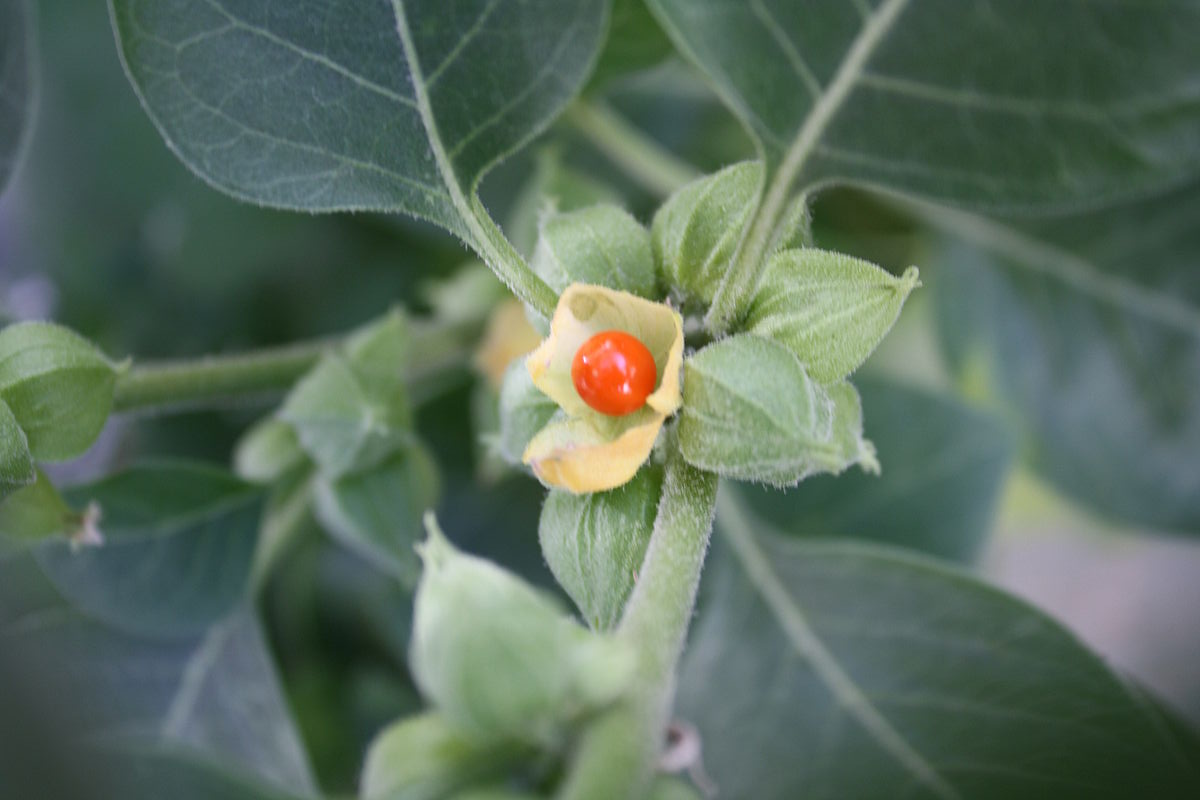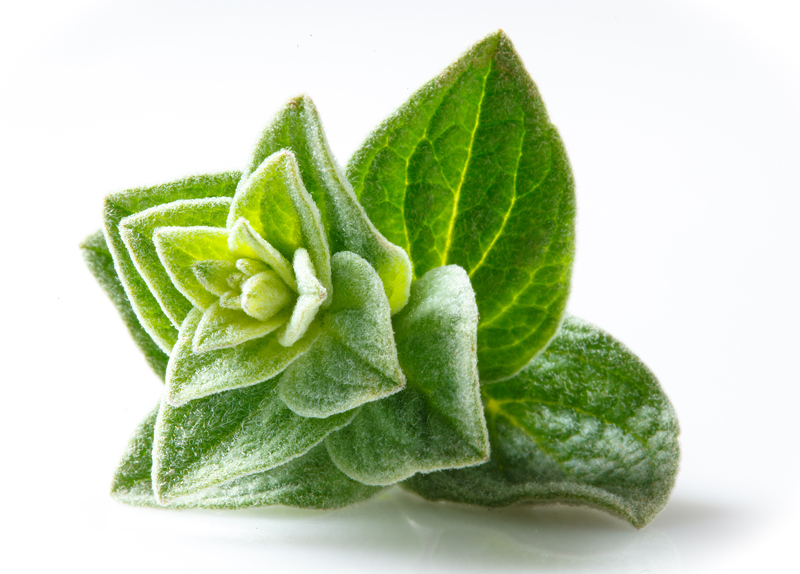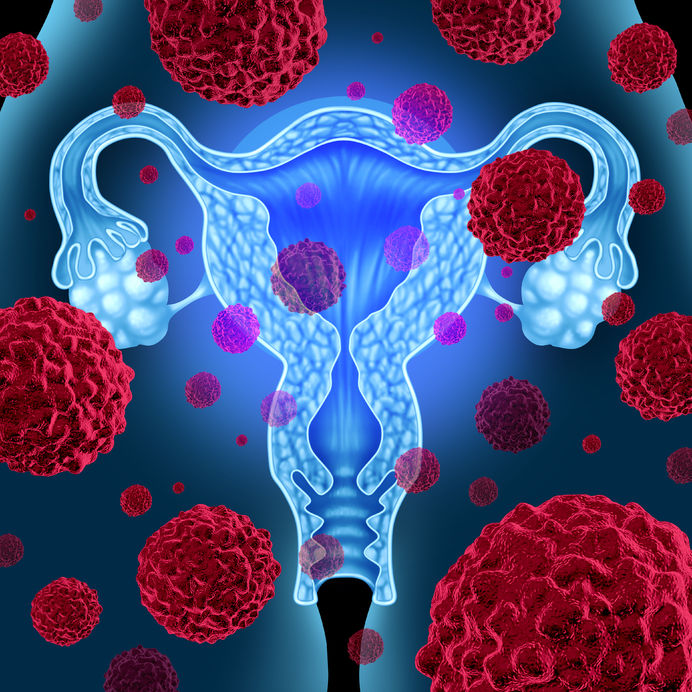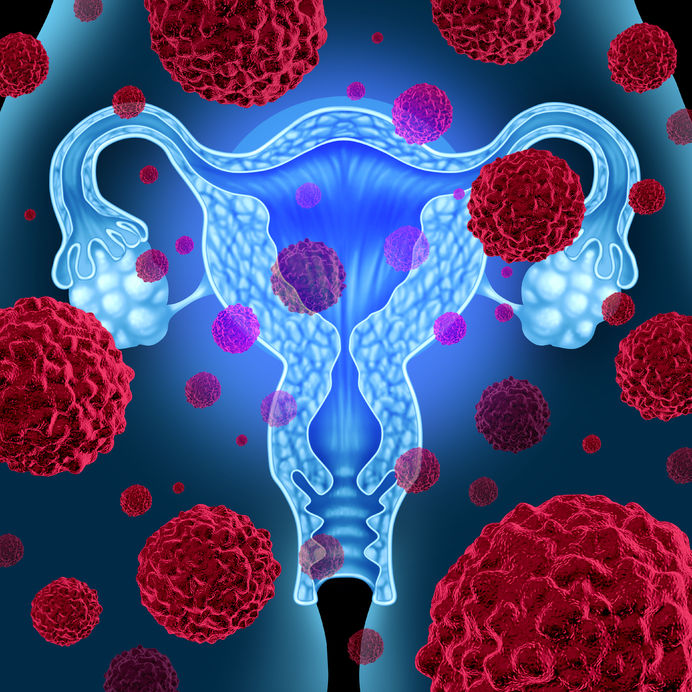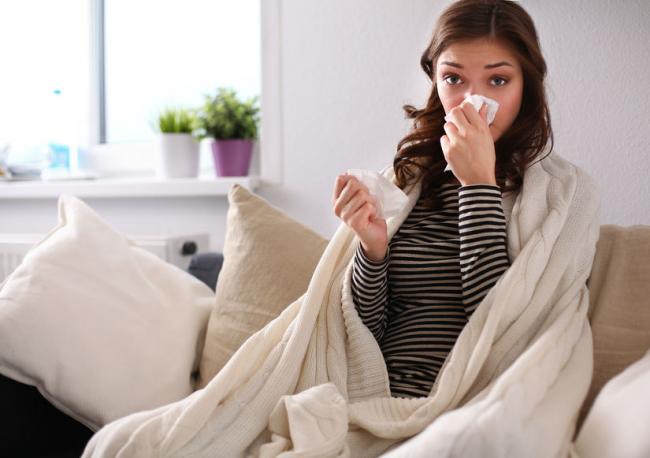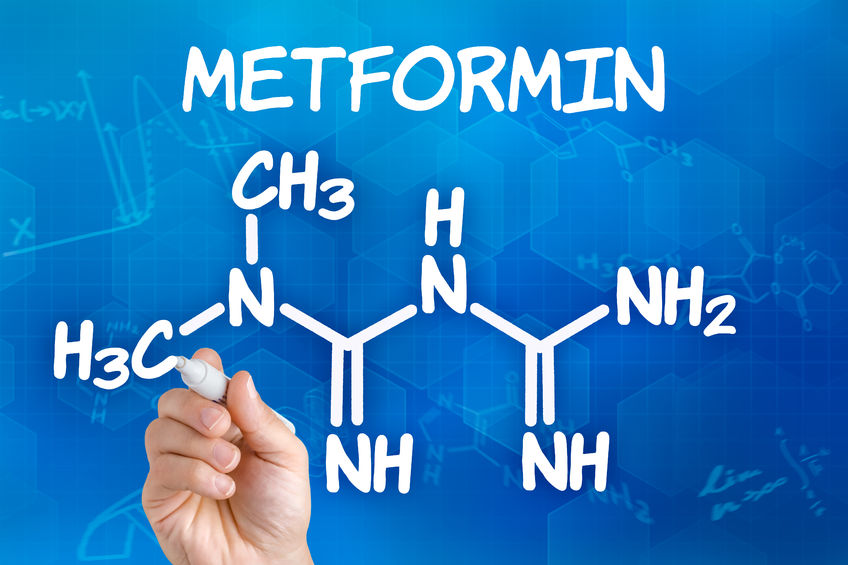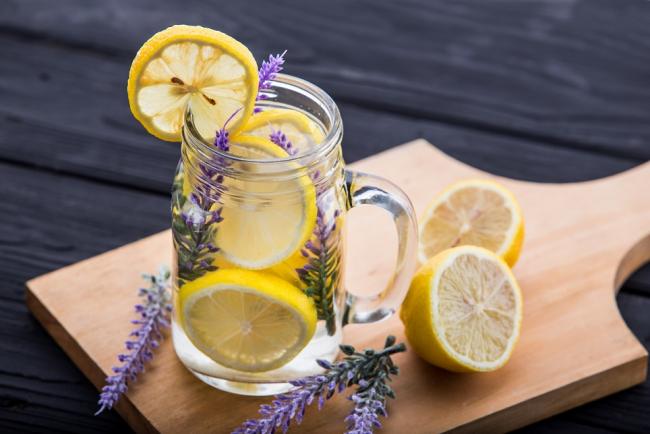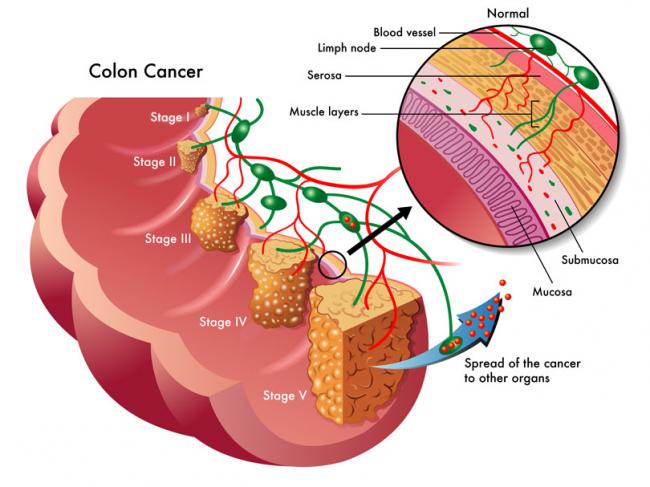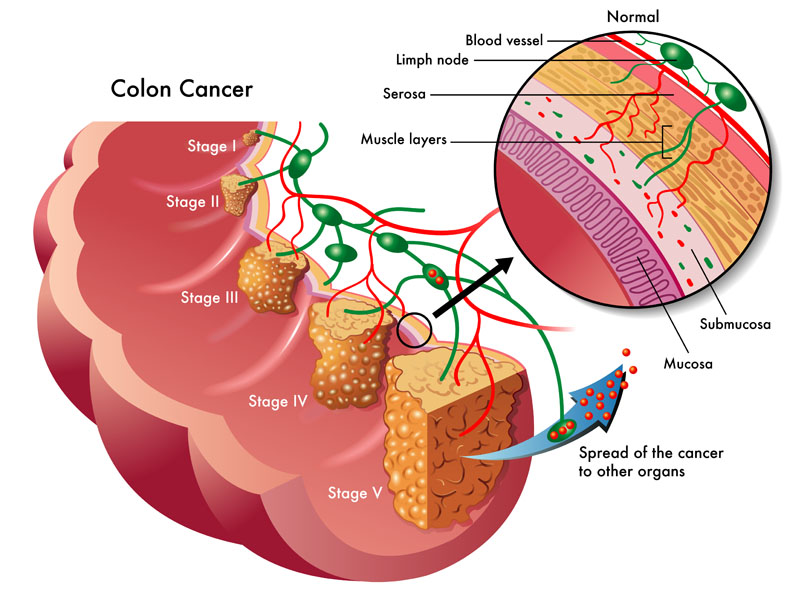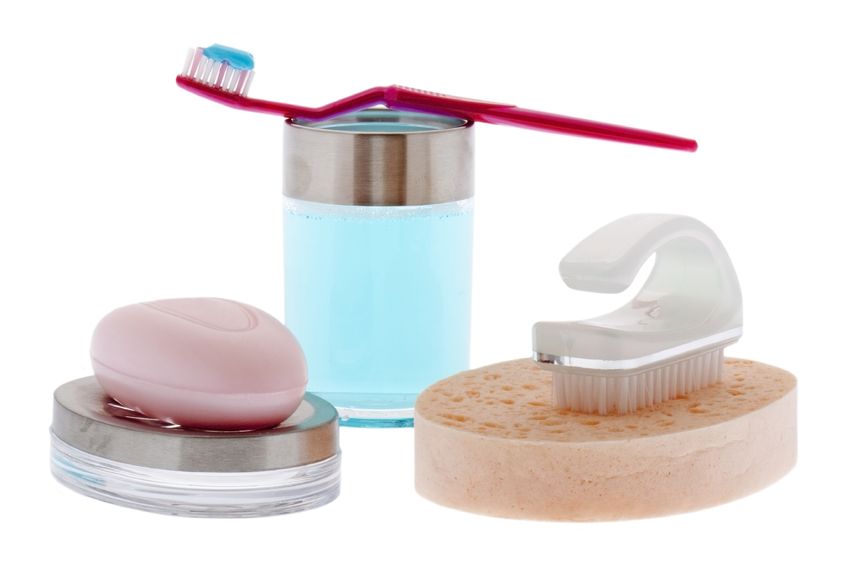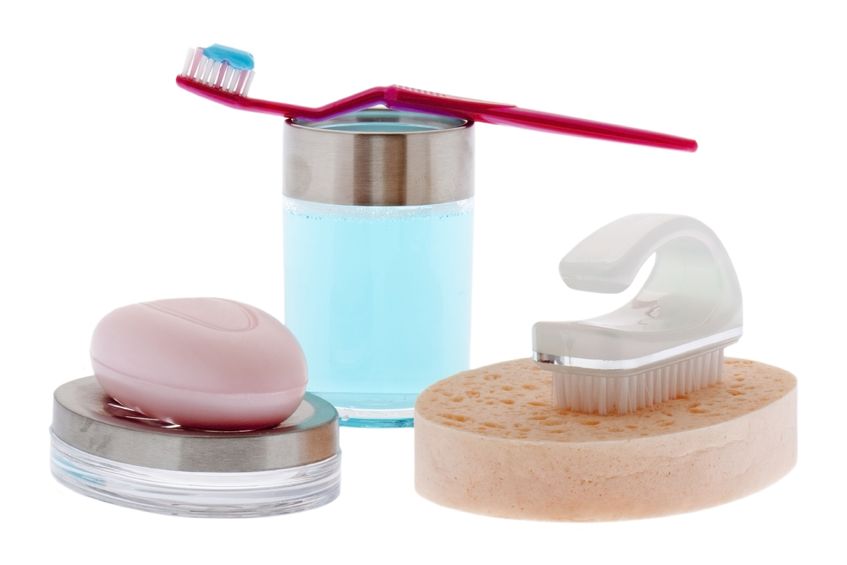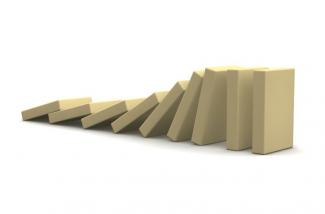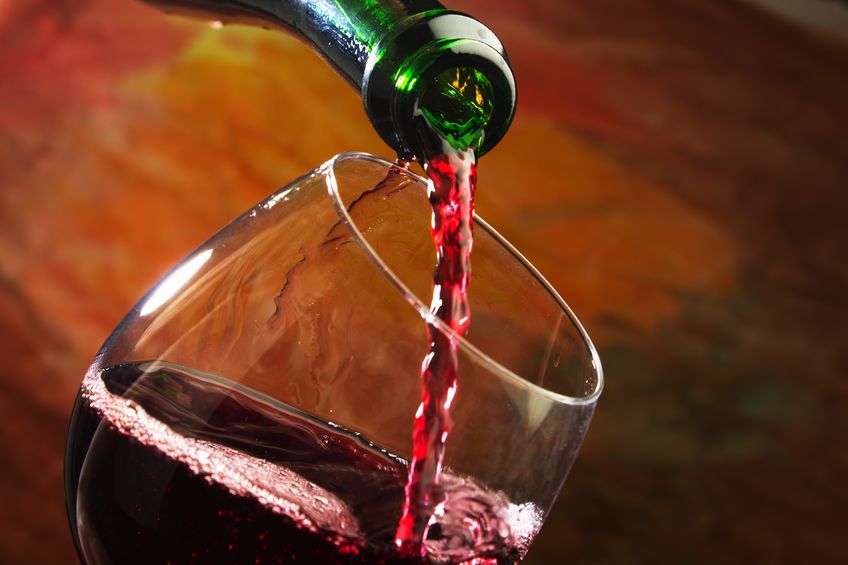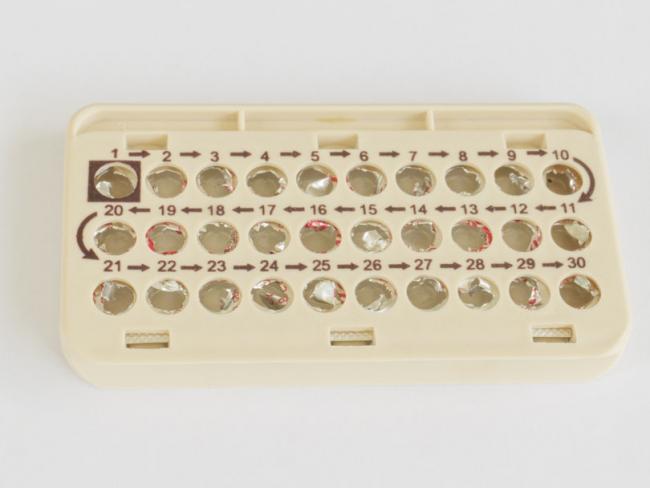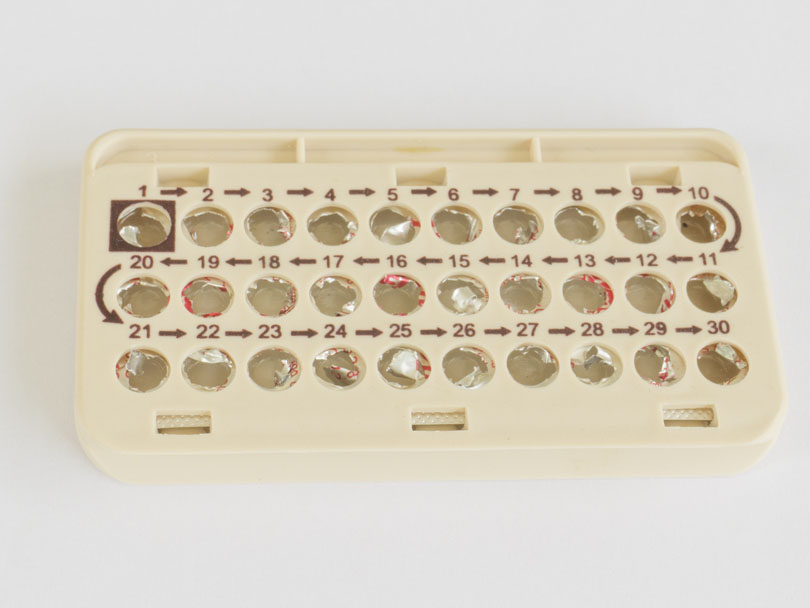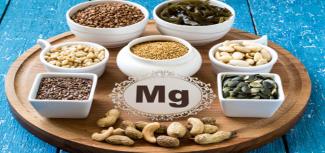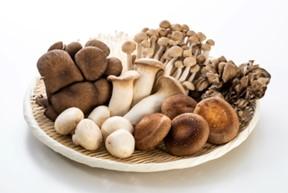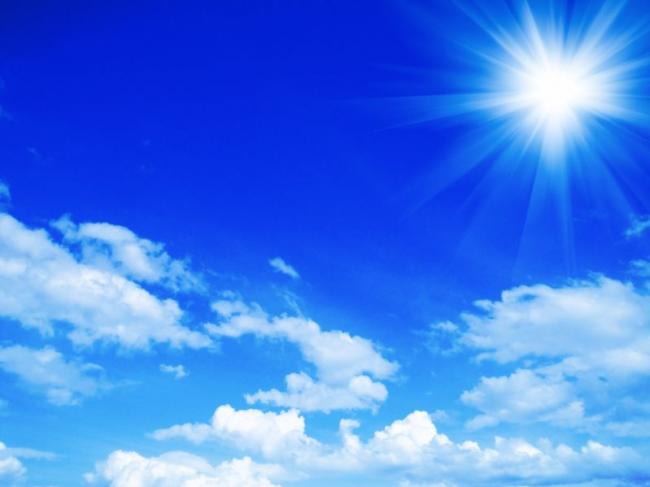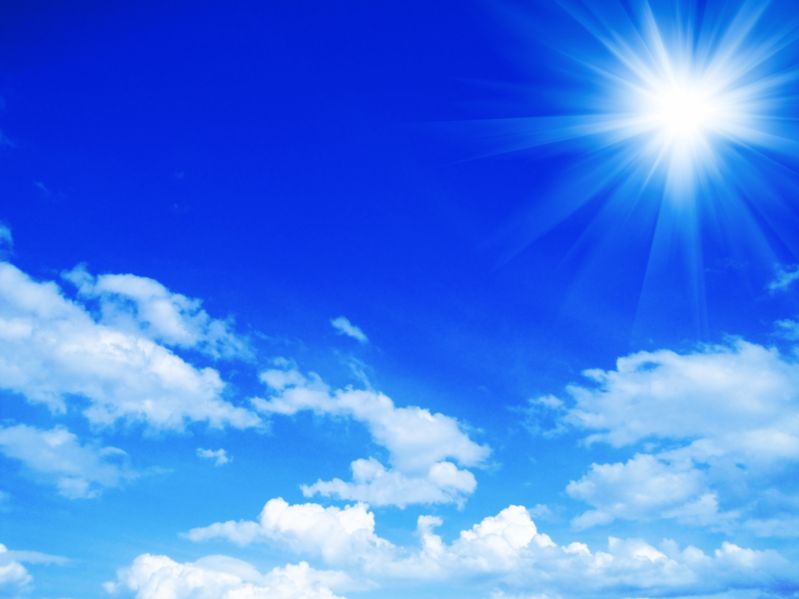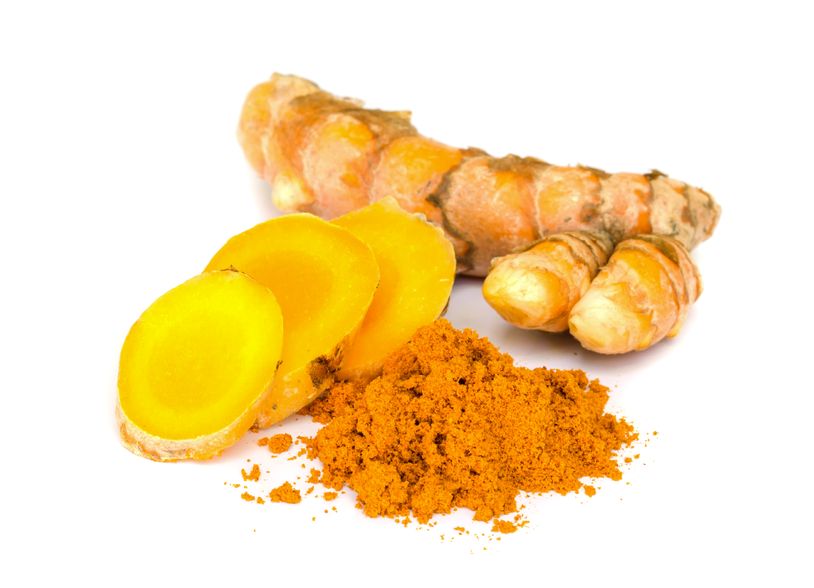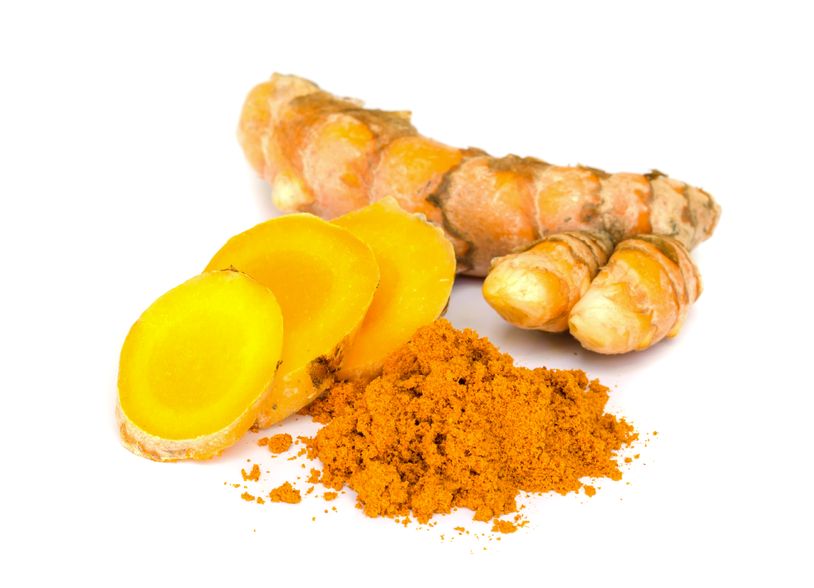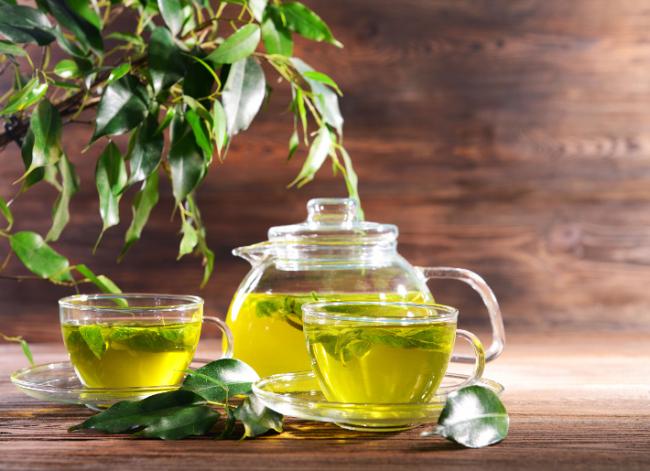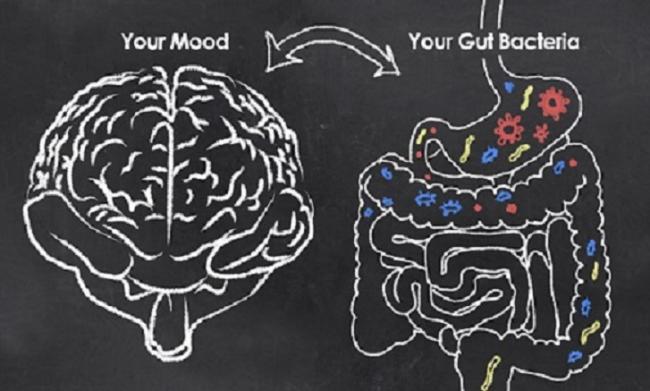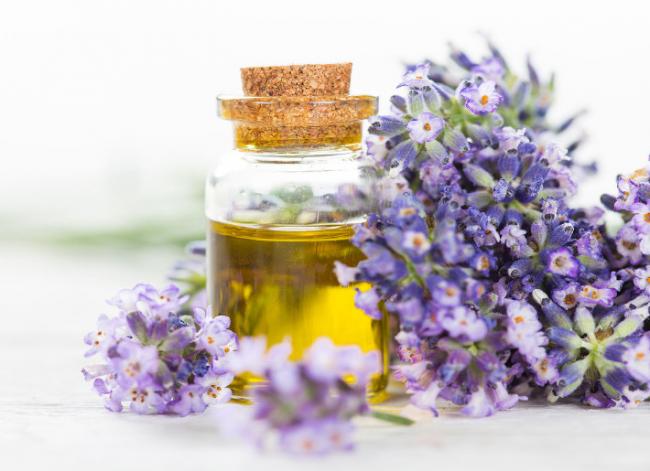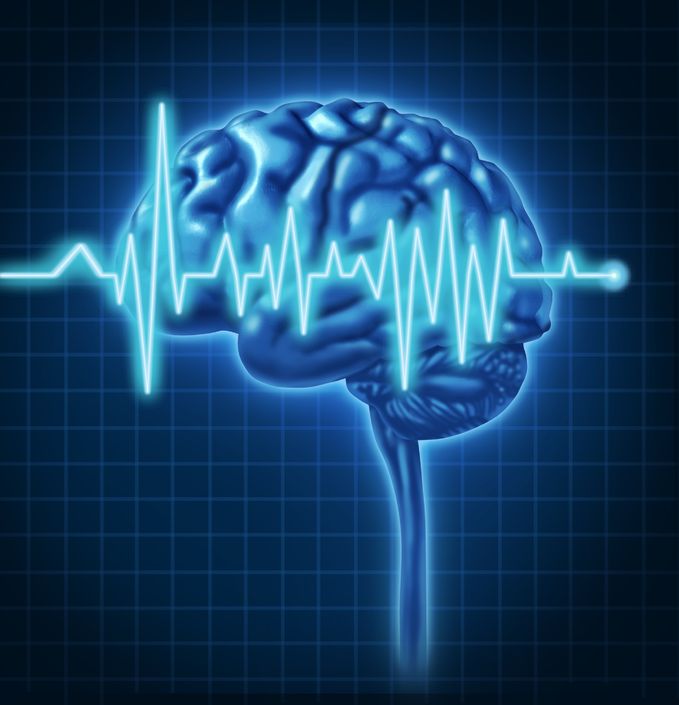Acupuncture and Mitigating Side Effects in Cancer
Acupuncture and Mitigating Side Effects in Cancer
Dr. Kin Leung, B.Sc., N.D., CPCC, FABNO, CHt, CFMP, CCS
Traditional Chinese medicine (TCM) has been used in China for thousands of years, and acupuncture is part of this system of medicine. There are variations in acupuncture techniques between Japanese, Korean, and Chinese, more so on technique and treatment approaches: In China, acupuncturists use big needles with a greater depth of insertion, to attain the qi; Japanese acupuncture uses thinner needles and a gentler technique, with shallow insertion, aiming to just tap into the meridians; Korean acupuncture focuses on the extremities like the hand or ear. Most of the standard acupuncture protocols in Korea use only four needles. The four needles are split two and two: Two needles sedate or reduce excess qi in one organ system, while two other needles tonify or increase qi in a second organ system.
But those techniques also all have something in common, as acupuncture is an energetic therapy based on the vital energy called qi (pronounced “chee”), which flows through your body in a network of channels called meridians.[1], [2]. This qi is the basis of how acupuncture works, as it harnesses the energy within the body to heal certain ailments.
The qi is influenced by two dominant and opposing forces: yin and yang. Yin and yang are opposite forces that can become complementary to achieve a dynamic balance. In acupuncture, the yin can represent cold and the yang can represent heat, and a certain balance is needed to achieve harmony. Optimal health is seen as the balance of yin and yang, and problems or dysfunctions can occur when the flow of qi is affected by stressors associated with either physical, emotional, mental, and/or spiritual health.
Acupuncture points are sequentially spaced along the body’s meridians, and the purpose of needling these points in acupuncture is to either stimulate, unblock, or slow the movement and flow of qi, with benefits to restore health. There are more than 2,000 acupuncture points, they all have specific uses, and each meridian is linked to an organ in the body.
 What to Expect from an Acupuncture Treatment
What to Expect from an Acupuncture Treatment
Acupuncture is treatment given by a licensed acupuncturist, naturopathic doctor, or traditional Chinese medicine doctor. It is performed using very thin metallic, sterile needles. These needles are inserted into the skin at acupuncture points, with a learned angle and depth, as these are important techniques that influence the harnessing of qi. Once the needles are inserted, the needles may be manipulated by movement up, down, left, and right to generate the qi, and then are left in place for a time, often 15–30 minutes, while the body is relaxing.
Treatment Approach
Acupuncture points may be selected locally in some cases for inflammation or pain; however, they are often selected based on the whole individual, in a holistic fashion, based on the underlying traditional Chinese medicine diagnosis, that is quite different from a conventional medical diagnosis.
If needling is a concern, or there is needle phobia, there are other ways to access qi through acupressure (fingers applied firmly) or through laser (light beams).
Acupressure for Fatigue
Acupuncture is a complementary therapy for people living with cancer, for helping ease fatigue, hot flashes, and joint pain.[3]
Cancer-related fatigue is one of the most common side effects of cancer and its treatments. Patients who experience cancer fatigue often describe it as feeling very weak, listless, drained, debilitating, and paralyzing. Symptoms may improve for a while only to return soon after. A study showed an improvement of cancer-related fatigue and quality of life in breast-cancer survivors with acupressure.[4] The study investigated if two types of self-administered acupressure improved fatigue, sleep, and quality of life compared no acupressure / usual care in breast-cancer survivors. The women were recruited from the Michigan Tumor Registry and randomized into three groups: relaxing acupressure, stimulating acupressure, or no acupressure (usual care). The primary outcome was a change in the Brief Fatigue Inventory score from the baseline at the 6- and 10-week marks. Secondary outcomes were sleep quality (Pittsburgh Sleep Quality Index) and quality of life (Long-Term Quality of Life Instrument).[5]
Out of a total of 270 participants in the study, 94 were in the relaxing acupressure group, 90 participants were in the stimulating acupressure group, and the usual care group had 86. One woman withdrew from the study because of bruising at the acupuncture points. Women did self acupressure every day for 3 minutes. At week 6, the percentage of participants whose fatigue returned to normal levels (Brief Fatigue Inventory score) was 66.2% in relaxing acupressure, 60.9% in stimulating acupressure, and 31.3% in usual care. At week 10, a total of 56.3% in relaxing acupressure, 60.9% in stimulating acupressure, and 30.1% in usual care continued to have normal fatigue (p = 0.04 for acupressure groups v. usual care).[6] Relaxing acupressure, but not stimulating acupressure, showed significant improvements in sleep quality compared with usual care at week 6 but not at week 10 (p < 0.001 for both acupressure arms v. usual care), and there was no significant difference between acupressure arms (p = 0.29). Only relaxing acupressure significantly improved quality of life v. usual care at weeks 6 and 10.[7]
Acupuncture for Hot Flashes
Hot flashes are a common symptom among survivors of breast cancer. Six times as many breast-cancer survivors experience hot flashes compared to age-matched controls.[8]
A study evaluated the effects of electro-acupuncture (EA) versus gabapentin (GP) for hot flashes among survivors of breast cancer.[9] In it, 120 survivors of breast cancer experiencing hot flashes at least twice a day were randomized to receive electroacupuncture or gabapentin. The participants were evaluated at 8 weeks and at 24 weeks.
By week 8, the mean reduction in hot flashes was greatest in the electroacupuncture group, followed by sham acupuncture (SA), gabapentin (GP), and placebo (PP) (−7.4 v. −5.9 v. −5.2 v. −3.4; p < 0.001). The GP group had more treatment-related adverse events than the acupuncture groups. By week 24, Hot Flash Composite Score (HFCS) reduction was greatest in the EA group, followed by SA, PP, and GP (−8.5 v. −6.1 v. −4.6 v −2.8; p = .002).[10]
Hot flashes do not occur only in women. Men with advanced carcinoma of the prostate who undergo androgen deprivation therapy (ADT) may experience hot flashes as a significant side effect of the treatment.[11] A small study investigated the effects of acupuncture in prostate cancer patients undergoing ADT.[12] Seven men were included in the study, and of these, all the men had a significant reduction (50%) based on the severity scale rating for hot flashes. The frequency of daily hot flashes also reduced by over 50%.[13] Although the sample size was small, the significance of the effects warrants further studies.
Acupuncture and Joint Pain
Apart from hot flashes, joint pain is another common side effect of hormone blockers or aromatase inhibitors. A study investigated the effect of acupuncture on joint pain related to aromatase inhibitors. Pain is a common adverse effect of aromatase inhibitors and often results in therapy discontinuation.[14] This was a multicentre (11 sites) randomized clinical trial conducted in the United States from March 2012 to February 2017 for postmenopausal women with early-stage breast cancer who were taking an aromatase inhibitor and were experiencing pain.[15] Patients were randomized 2:1:1 to the true acupuncture (n = 110), sham acupuncture (n = 59), or waitlist control (n = 57) group. True acupuncture and sham acupuncture protocols consisted of 12 acupuncture sessions over 6 weeks (2 sessions per week), followed by 1 session per week for 6 weeks. The waitlist control group did not receive any intervention. All participants were offered 10 acupuncture sessions to be used between weeks 24 and 52.[16] True acupuncture compared with sham acupuncture or with waitlist control resulted in a statistically significant (p = 0.01) reduction in joint pain at 6 weeks, although the authors concluded the observed improvement was of “uncertain clinical importance.”[17] The limitations of the study are possibly the sample size; maybe that’s the reason the authors concluded uncertainty even though the p value is 0.01. Also, sham acupuncture has been said to be not physically inert, which does reflect in this study as they compared sham and true acupuncture.
Conclusion
The use of acupuncture in mitigating some of the side effects of cancer has been shown in a few small studies, with promising results. Careful study designs, larger populations, and more funding could shape the future of integrative oncology care and acupuncture in Western countries. With a strong history of use, improvements in qi or energy, and low side effects risk, acupuncture may be a more widespread recommendation for individuals recovering from cancer.
Please note that this information is not a substitute for medical advice or treatment. Please consult your health-care practitioner before proceeding.
References
[1] Wang, Z. “How Chinese, Korean, and Japanese acupuncture differ.” The Future of Integrative Health, https://blog.nuhs.edu/the-future-of-integrative-health/korean-japanese-and-chinese-acupuncture-whats-the-difference · Posted 2017‑11‑01.
[2] Hirsch, L.M., and L.E. Goldstein. “Acupuncture for hot flashes in men treated with androgen deprivation therapy.” The Canadian Journal of Urology, Vol. 22, No. 4 (2015): 7938–7941.
[3] Jang, A., C. Brown, G. Lamoury, M. Morgia, F. Boyle, I. Marr, S. Clarke, M. Back, and B. Oh. “The effects of acupuncture on cancer-related fatigue: Updated systematic review and meta-analysis.” Integrative Cancer Therapies, Vol. 19 (2020): 1534735420949679.
[4] Zick, S.M., A. Sen, G.K. Wyatt, S.L. Murphy, J.T. Arnedt, and R.E. Harris. “Investigation of 2 types of self-administered acupressure for persistent cancer-related fatigue in breast cancer survivors. A randomized clinical trial.” JAMA Oncology, Vol. 2, No. 11 (2016): 1470–1476.
[5] Zick et al. “Investigation of 2 types of self-administered acupressure.”
[6] Zick et al. “Investigation of 2 types of self-administered acupressure.”
[7] Zick et al. “Investigation of 2 types of self-administered acupressure.”
[8] Chang, H.‑Y., A.C. Jotwani, Y.‑H. Lai, M.P. Jensen, K.L. Syrjala, J.R. Fann, J. Gralowg. “Hot flashes in breast cancer survivors: Frequency, severity and impact.” The Breast, Vol. 27 (2016): 116–121.
[9] Mao, J.J., M.A. Bowman, S.X. Xie, D. Bruner, A. DeMichele, and J.T. Farrar. “Electroacupuncture versus gabapentin for hot flashes among breast cancer survivors: A randomized placebo-controlled trial.” Journal of Clinical Oncology, Vol. 33, No. 31 (2015): 3615–3620.
[10] Mao et al. “Electroacupuncture versus gabapentin for hot flashes among breast cancer survivors.”
[11] Hirsch and Goldstein. “Acupuncture for hot flashes in men treated with androgen deprivation therapy.”
[12] Hirsch and Goldstein. “Acupuncture for hot flashes in men treated with androgen deprivation therapy.”
[13] Hirsch and Goldstein. “Acupuncture for hot flashes in men treated with androgen deprivation therapy.”
[14] Hershman, D.L., J.M. Unger, H. Greenlee, J.L. Capodice, D.L. Lew, A.K. Darke, A.T. Kengla, et al. “Effect of acupuncture vs sham acupuncture or waitlist control on joint pain related to aromatase inhibitors among women with early-stage breast cancer: A randomized clinical trial.” JAMA, Vol. 320, No. 2 (2018): 167–176.
[15] Hershman et al. “Effect of acupuncture vs sham acupuncture or waitlist control.”
[16] Hershman et al. “Effect of acupuncture vs sham acupuncture or waitlist control.”
[17] Hershman et al. “Effect of acupuncture vs sham acupuncture or waitlist control.”


